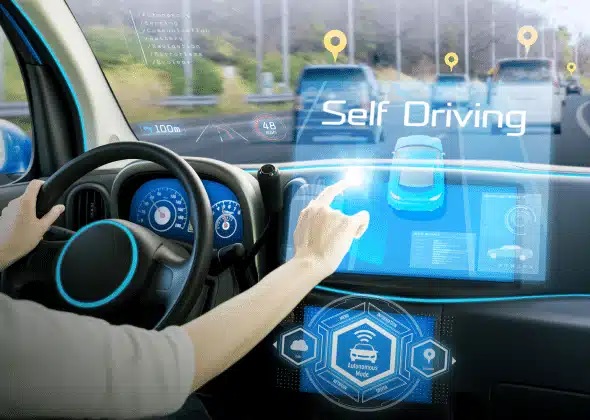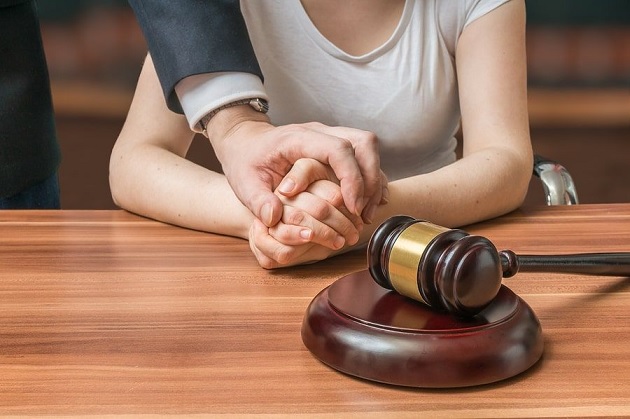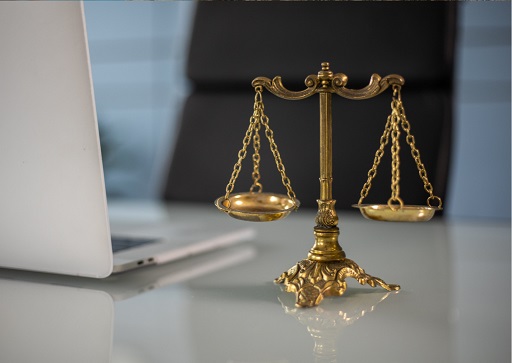With the increasing popularity of semi-autonomous vehicles, determining liability in accidents is becoming more complex. Attorney Steve Mehr, Co-founder of Sweet James Accident Attorneys, emphasizes that these vehicles, while technologically advanced, still rely on human oversight, making liability in accidents difficult to determine. Semi-autonomous vehicles, such as those using Tesla’s Autopilot, blend human control with automated systems, but this shared responsibility introduces significant challenges when accidents occur.
The Role of Automation Levels
To understand liability, it’s essential to recognize the varying degrees of automation. Semi-autonomous vehicles typically fall under Level 2 automation, where the system assists with tasks like steering, acceleration, and braking. However, the driver remains fully responsible for overseeing the vehicle and must be ready to take control at any time. This shared responsibility between humans and machines introduces legal challenges when accidents occur.
The central issue is determining whether the human operator failed to intervene appropriately or whether the vehicle’s system malfunctioned. While technology is designed to reduce human error, it is not foolproof. In many cases, drivers may overestimate the system’s capabilities, leading to misuse or neglect in critical situations. This misunderstanding of the vehicle’s limitations frequently complicates legal proceedings when an accident happens.
Driver vs. Manufacturer Responsibility
One of the primary challenges in assigning liability in semi-autonomous vehicle accidents is balancing the role of human oversight with the vehicle’s autonomous features. Drivers are typically expected to remain engaged and attentive, even when the vehicle is performing certain tasks. In cases where a driver fails to respond to alerts or overrides the system in dangerous situations, they can be held liable for the accident.
However, liability may shift to the manufacturer if the vehicle’s autonomous system malfunctions. Defects in the software, faulty sensors, or poor system design can all contribute to an accident. In these cases, the manufacturer may be held responsible for producing a flawed product. As Sweet James’ Steve Mehr mentions, “Self-driving cars are often viewed as the next major advance in transportation because of their potential to improve safety and convenience. But what’s frequently overlooked are the legal challenges when these cars are involved in accidents.” This issue often becomes a legal battleground, with plaintiffs needing to prove that the vehicle’s technology directly contributed to the accident.
The Importance of Data
Data from semi-autonomous vehicles plays a crucial role in determining liability. These cars are equipped with advanced sensors and logging systems that record everything from speed to driver inputs and system alerts. In the event of an accident, this data provides a clear picture of how the vehicle performed and whether the driver reacted appropriately.
The challenge, however, is interpreting this data accurately. Not only does it need to be precise, but it must also demonstrate a direct link between the system’s performance and the cause of the accident. Courts and legal teams often rely on expert witnesses to analyze this data and determine whether the manufacturer’s system or the driver was at fault.
Legal Implications for the Future
The legal framework surrounding semi-autonomous technology will continue to evolve, just as the technology does. As more vehicles incorporate advanced driver-assistance systems, clear liability standards are essential. Lawmakers and regulators will need to update policies to address the unique challenges posed by semi-autonomous driving technology.
Both manufacturers and drivers must remain aware of their responsibilities when using these systems. Drivers should be well-informed about the limitations of their vehicle’s capabilities, while manufacturers need to ensure their products are safe and reliable. As technology advances, understanding how liability is assigned in these accidents will become even more critical.



